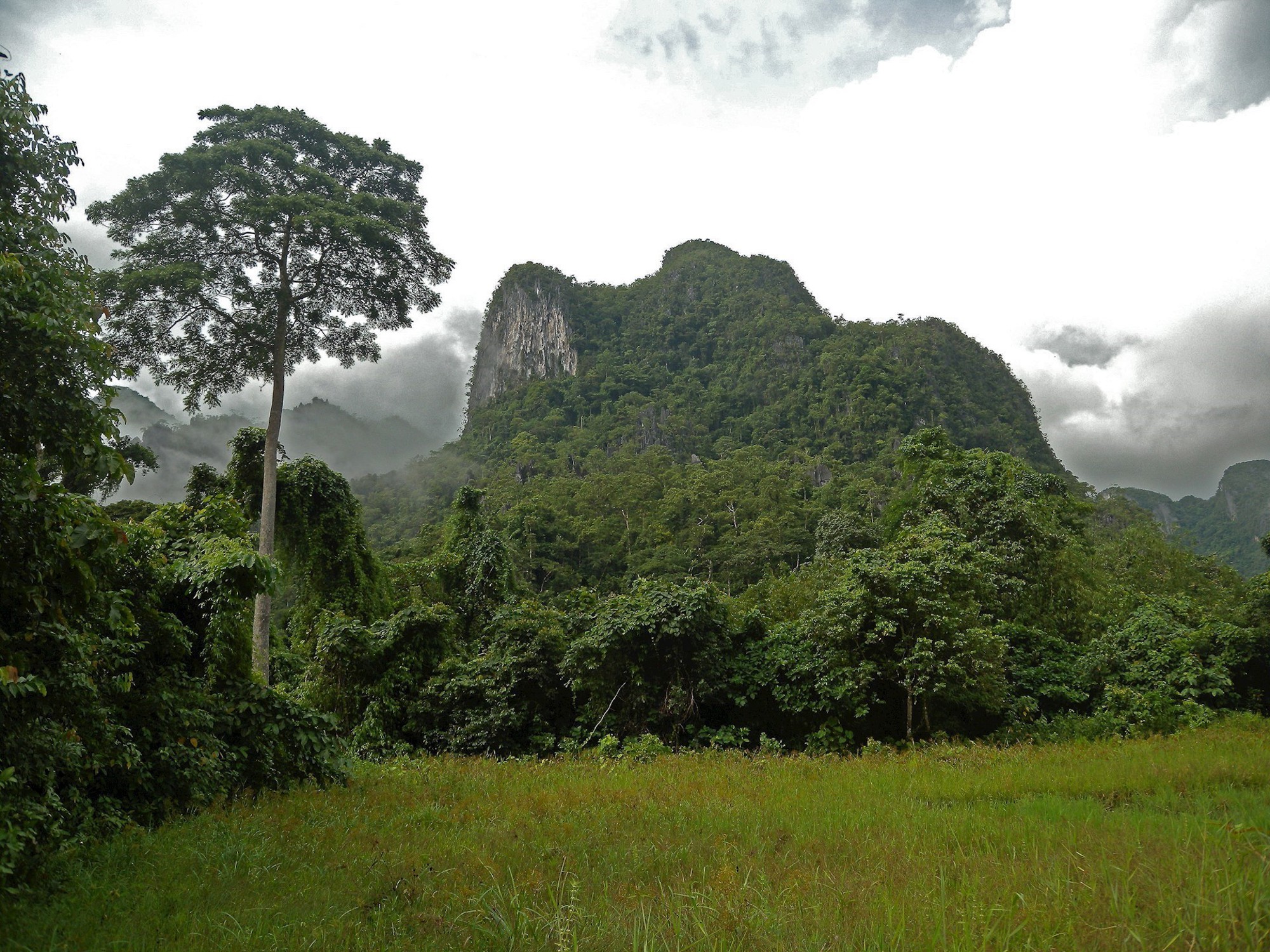A widespread and economically important family of tropical herbs
RBGE is the leading European centre of taxonomic research on the Zingiberaceae and is among the foremost in the world. Various approaches are used to gather the maximum information on these plants, such as revising groups of species for floras and monographs, presenting authenticated data freely through a website, supervising PhD students from tropical countries and working with specialists in molecular systematics.
1. The Zingiberaceae Resource Centre
This is a searchable data base for taxonomists which has been built up at the RBGE with help from staff of Singapore Botanic Gardens. More than 4,200 scientific names are detailed, and over 21,500 herbarium collections. The information has been verified by specialists and will be used in the new World Flora Online.
Main contact: Mark Newman
2. Aframomum
A taxonomic revision of all 61 species of Aframomum, the largest African genus of Zingiberaceae, was published in 2018. These plants are widespread in sub-saharan Africa and one of the widespread species is also found in Madagascar. Many species have tasty, fleshy fruits which are eaten by people. The leafy shoots are an important part of the diet of herbivores such as gorillas and elephants.
Main contact: David Harris
3. Etlingera of New Guinea
Etlingera is one of the largest genera among the very poorly known gingers of New Guinea. By a combination of difficult field work and intensive herbarium study, this group will be revised.
Main contact: Axel Poulsen

